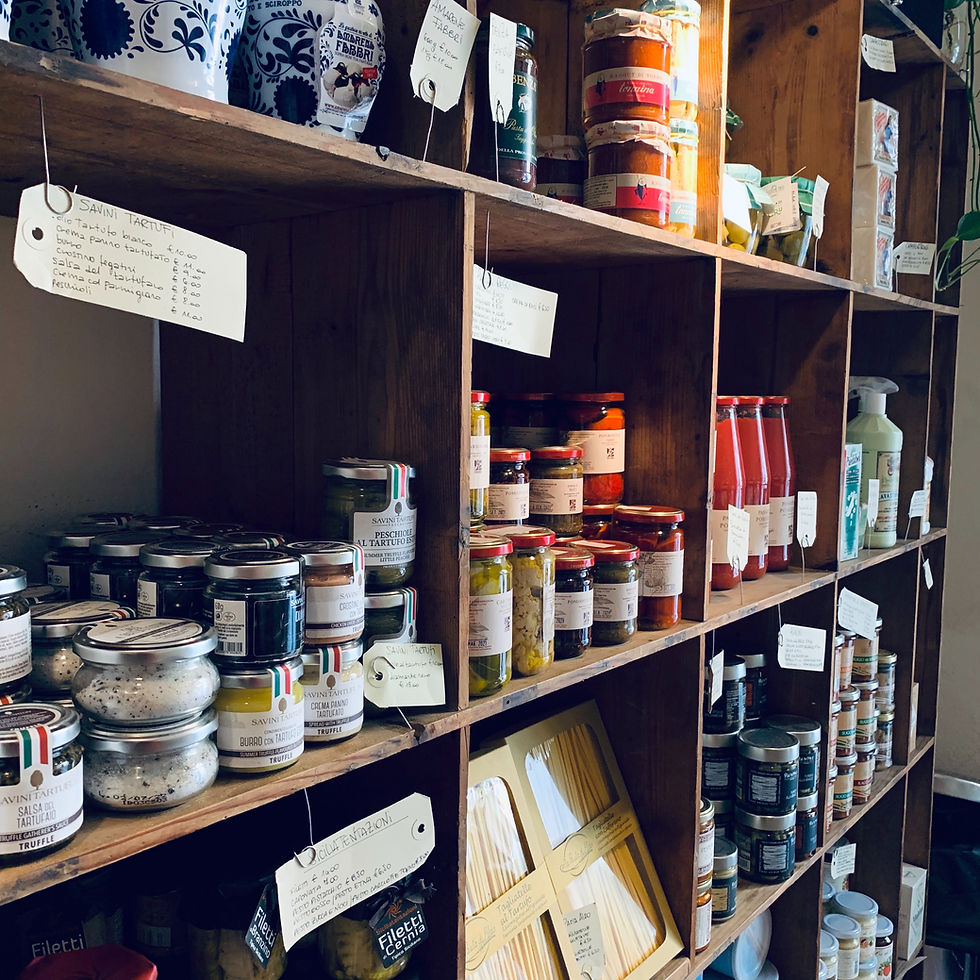A FIRST AID KIT FOR YOUR HOME: YOUR ULTIMATE BEGINNERS GUIDE
- AA

- Aug 18, 2024
- 4 min read

This post contains affiliate links. As an Amazon Associate, if you purchase something using my links, I may earn an affiliate commission at no cost to you.
I cannot emphasize enough how important it is to have a first aid kit at home. Especially with kids, young or old, you need to prepare for those 'little' eventualities. I say 'little' because to us adults, a cut or a scrape might seem harmless but to little kids, these are big, hurtful deals and you want to be prepared for it.
Now, I’m not going to lie—I don’t have a first aid kit. Nope, I’ve got a full-on first aid cupboard. I’m talking about shelves stocked with everything I could possibly need if my son gets a cut, burn, fever, sore throat, you name it. Over the years, it’s become my personal pharmacy, and yes, I might be a little obsessed with it.
In fact, I could spend hours in a pharmacy browsing the bandaid section alone. And you know how it is—you see one you think you’ll never need, but into the basket it goes, “just in case.” (Honestly, does anyone ever really have enough bandaids? I think not.)
And while I get a little squeamish when my son gets hurt—whether it’s a tiny cut or something more dramatic—I’ve learned to keep my cool. Even if he’s brushing it off like it’s no big deal, I’m ready to jump in and make sure he’s okay. Knowing I’ve got everything I need in that first aid cupboard makes the whole ordeal a lot less stressful.
Now that he’s older, when he’s battling a cold, fever, or even a swollen shin from soccer, help is just a cupboard away. He’s so used to it by now that he doesn’t even wait for me—he knows where to find what he needs.
But listen, while first aid kits are great for small, extremely minor accidents, there are definitely times when you’ve got to drop everything and head straight to the emergency room. Like when you suspect a broken bone from falling off the backyard swing, or there's a deep gash on the forehead—those situations call for actual medical attention from medical professionals. No kit, no matter how well-stocked and extensive they are, can replace the care from a medical professional.
Still, a first aid kit is an absolute must in any home. With that said, let's look into the essentials you need to build your own first aid kit for your home. Sure - you could grab a ready-packed first aid kit online or from the store for convenience, but let's be honest, those are always just basic, and quite honestly there's more fun in building your own. I prefer to handpick what goes into mine, so it's specifically tailored to what my family needs.
If you're on the same page, I've provided below a list to give you some ideas on how you can create your own first aid kit.
Essentials You Need to Build Your Own First Aid Kit
Tools
Scissors: Make sure they’re sharp enough to cut bandages, fabric, and medical tape.
Tweezers: Perfect for plucking out splinters or removing debris from cuts (like tiny pieces of glass, yikes!).
Thermometer: For quick and accurate temperature checks—digital ones are super easy to use.
For Cuts and Bleeding
Bandages: Have a variety of sizes on hand. I’ve got waterproof, fabric, and skin-like options. There’s a whole world of bandages out there, so go for what works best for you and your family.
Gauze Pads and Rolls: For bigger wounds or to stop bleeding.
Cotton Swabs: A gentle way to clean around a wound.
Steri-Strips: Great for holding small cuts together.
Liquid Bandages: This stuff works like magic for sealing up minor wounds.
For Colds and Fevers
Painkillers & Fever: Ibuprofen, Tylenol—whichever works best for you.
Antihistamines: Like Zyrtec, especially if allergies run in the family.
Cold Medicine: DayQuil, NyQuil—having both day and night options is key.
Eye Drops: For sore or tired eyes or allergies.
Cough Syrup: A must-have for those stubborn coughs.
Nasal Spray: To help clear those stuffy noses.
Oral Gel: Perfect for toothaches or swollen gums.
Fever Patches: For the kiddos.
For Allergies and Asthma
EpiPen: If anyone in your family has severe allergies, this is non-negotiable.
Inhalers: If asthma is a concern, make sure to have these easily accessible.
For Muscle Strains and Sprains
Cold and Hot Packs: These are lifesavers for swelling, strains, or just sore muscles after a long day.
Muscle Ointments: For those achy spots, a good muscle rub goes a long way.
For Infection Prevention
Alcohol Swabs: Clean and disinfect small wounds.
Antibiotic Cream: An essential to help prevent infection in cuts and scrapes.
One last thing—don’t forget that most of these items have a shelf life or an expiration date. It’s so important to check your first aid kit regularly. You don’t want to reach for something only to find out it expired ages ago!
So there you have it—the ultimate guide to building your own first aid kit for your home. Having everything you need on hand means you can handle life’s little (or big) mishaps with confidence. Trust me, it’s one of the best investments you’ll make for your family’s peace of mind.
What do you include in your first aid kit at home? I would love to hear them! Maybe I'll add them to mine!


